The moon is our closest neighbor and Earth’s only natural satellite. It does not have its own light. It reflects the sunlight that falls on it. We see different phases of the moon, i.e., sometimes we see a full moon; sometimes a half, gibbous, or a crescent; and sometimes we don’t see it at all. In this article, we will discuss the different phases of the moon, and the reason why the moon has phases.
Why the moon has phases?
The moon orbits around the earth in a prograde motion and is tidally locked with it. It means the same side of the moon faces the earth all the time. As the moon revolves around the Earth, the side facing the Earth is differently lit from 0% to 100% by the sunlight. We only see that part of the moon that is lit and is reflecting sunlight to Earth.
Phases of the moon
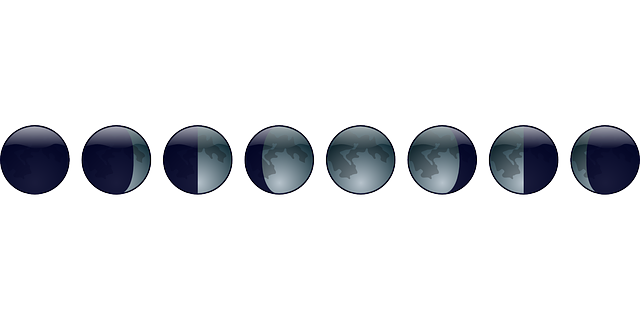
New moon
During the new moon phase, we cannot see the moon in the sky with the naked eye. The moon is between the sun and the earth. The side of the moon facing the earth is in complete darkness, while the side facing the sun is completely lit.
A solar eclipse will occur during a new moon phase when the sun, moon, and earth are aligned in a straight or near-straight line.
Waxing crescent
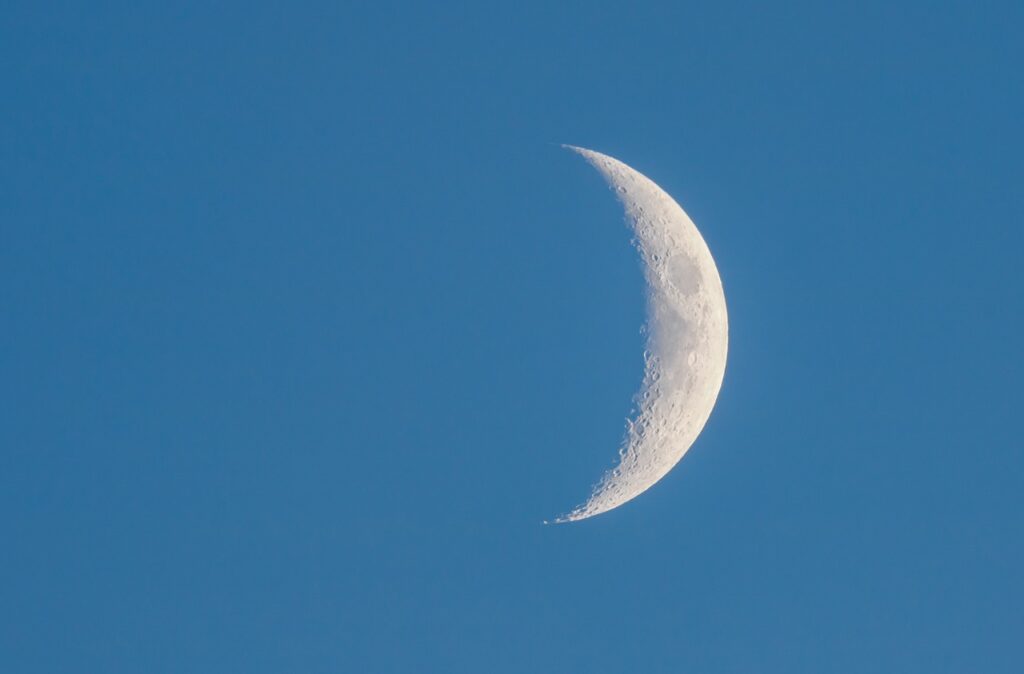
After the new moon phase, the moon is visible as a crescent that increases in size day by day. The moon is known as a waxing crescent until it is half-illuminated.
First quarter
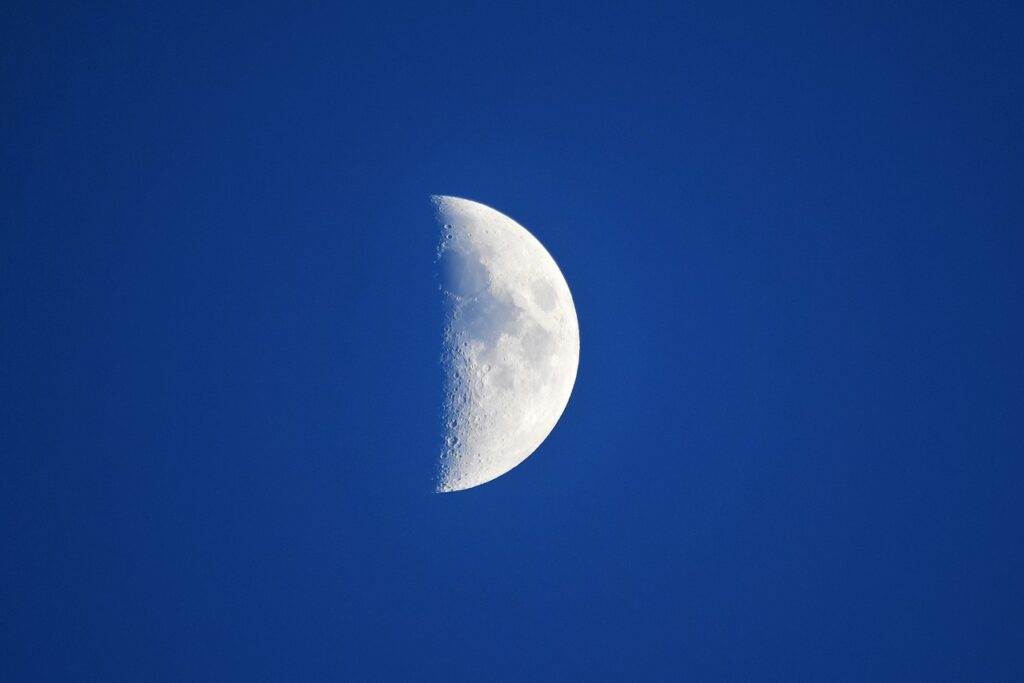
During this phase, the Moon is 50% illuminated.
Waxing gibbous
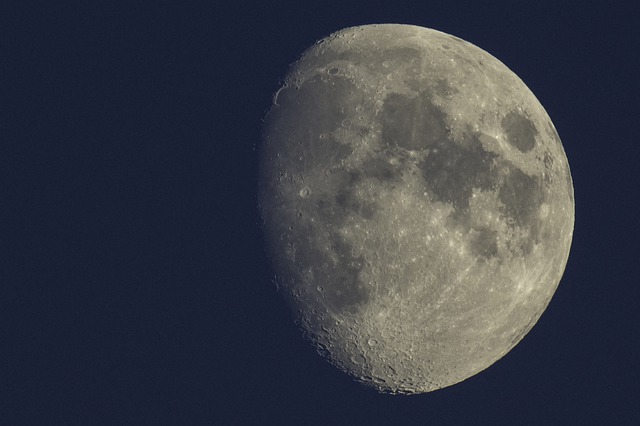
The moon after the first quarter until the full moon is known as waxing gibbous. Waxing means getting bigger and gibbous means convex. In this phase moon is 51-99 percent illuminated.
Full moon
A full moon occurs when the side of the moon facing the Earth is entirely lit. This complete illumination occurs when the moon is on the opposite side of the Earth from the Sun. The entire hemisphere facing the Earth receives sunlight which is reflected back to the Earth.
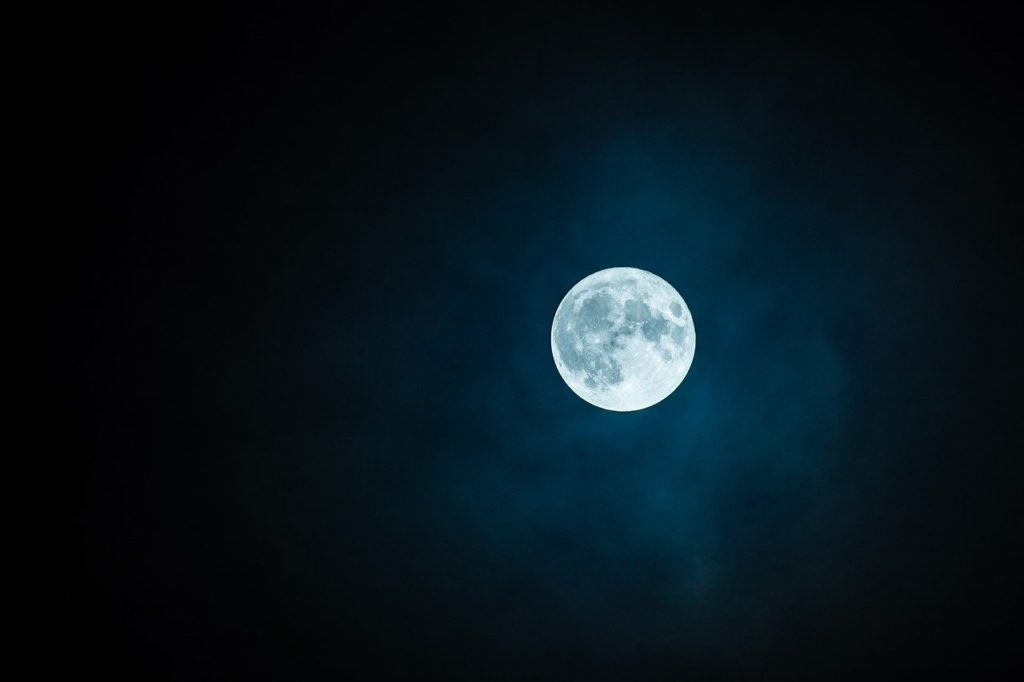
During a full moon, if the Sun, Earth, and Moon are exactly or nearly aligned in a straight line, a lunar eclipse will take place.
Waning gibbous
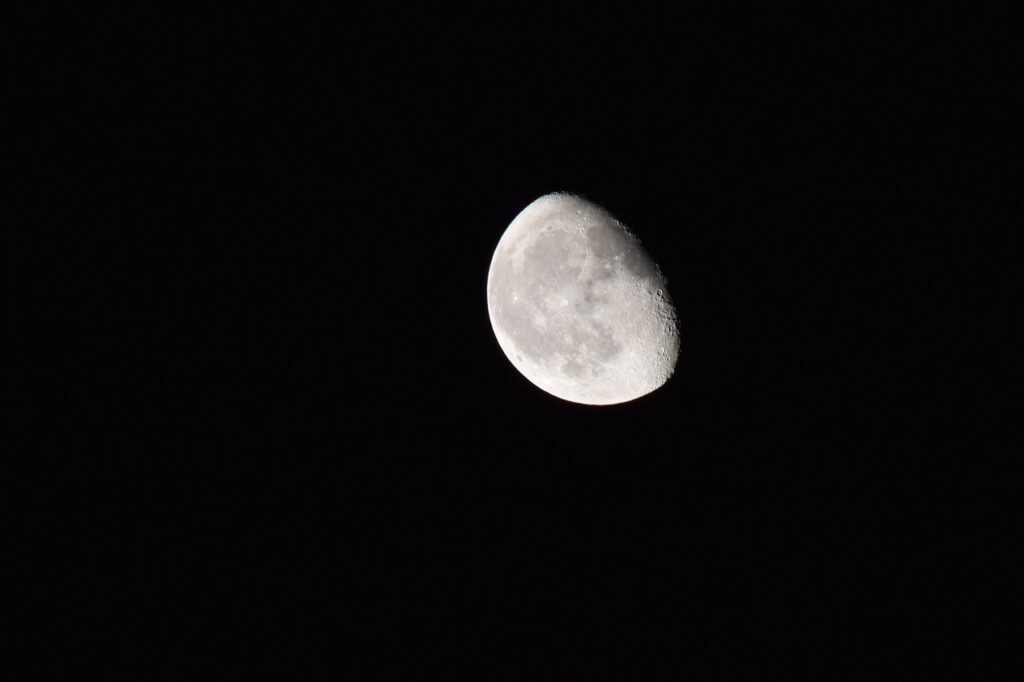
After the full moon phase, the moon’s size starts decreasing. The moon is known as waning gibbous till its illumination decreases to 50 percent.
Third quarter
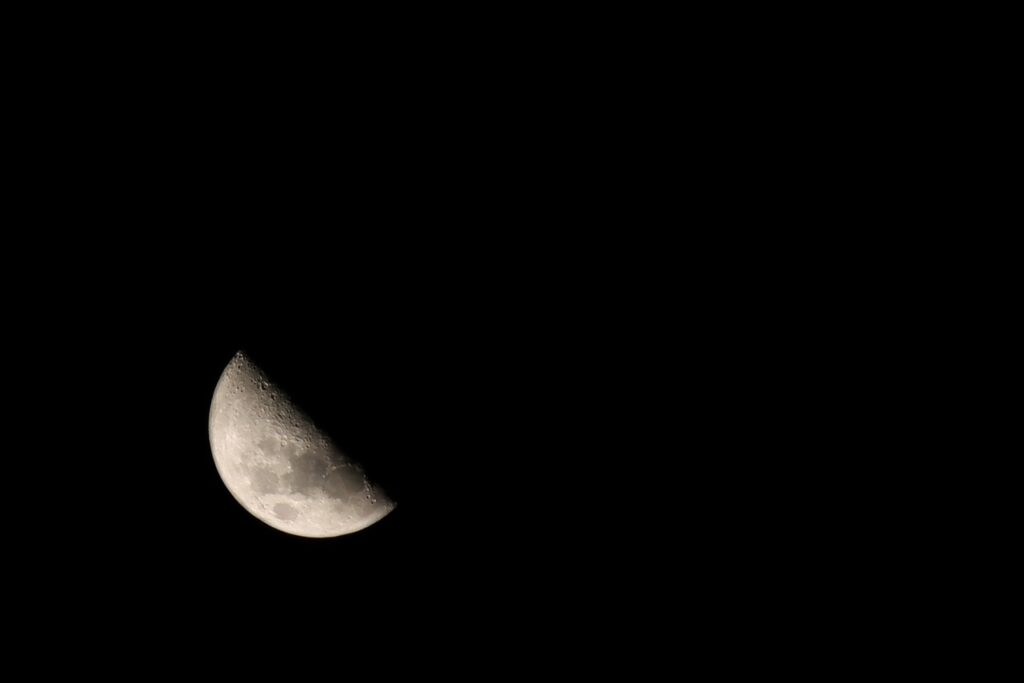
The moon is 50 % illuminated during this phase. During the third quarter phase, the opposite half of the moon is illuminated as compared to the first quarter.
Waning crescent

After the third quarter, the moon again is visible as a crescent till it disappears from the night sky and enters the new moon phase.
Fun fact: The moon appears upside down in the Southern hemisphere.
Most asked questions
How many phases does the moon have?
Answer – 4 primary and 4 intermediate phases
During which phase of the moon a solar eclipse can occur?
Answer – New Moon phase
During which phase of the moon a lunar eclipse can occur?
Answer – Full moon phase
What are the four main phases of the moon?
Answer – New Moon phase, full Moon phase, first quarter phase, and third quarter phase.
What are the eight phases of the moon in order?
Answer – New moon phase, waxing crescent phase, first quarter phase, waxing gibbous, full moon phase, waning gibbous phase, third quarter phase, and waning crescent phase.
Quick question
Moon is the _ _ _ _ _ largest natural satellite in our solar system.
Read more
- Mars facts – orbit, physical overview, natural satellites, etc.
- Solar eclipse | Types of solar eclipses | Eclipse season
- Perihelion and Aphelion of solar system planets
- Solar system planets – all useful information
Answer to quick question
Moon is the fifth-largest natural satellite in our solar system.